In der vorliegenden Studie wurde der Einfluss des Laufstils und der morphologischen und funktionellen Merkmale des Fußes auf das Auftreten nichttraumatischer Erkrankungen des Fußes und der unteren Gliedmaßen bei Läufern untersucht. Von Januar 2004 bis Dezember 2008 untersuchten wir 166 Freizeit- und Leistungssportler aus drei norditalienischen Leichtathletikvereinen, die in verschiedenen Laufdisziplinen aktiv waren.
Es handelte sich um 86 Männer und 80 Frauen, mit einem Durchschnittsalter von 31,1 ± 12,2 Jahren. Berücksichtigt wurden nicht-traumatische Erkrankungen des Fußes und der unteren Gliedmaßen, die während des Nachbeobachtungszeitraums gemeldet wurden und zu einer mindestens zweiwöchigen Sportpause führten. Die Häufigkeit dieser Erkrankungen wurde im Hinblick auf allgemeine Merkmale, Art der Aktivität, Fußmorphologie und Laufstil untersucht. 59 % der Sportler berichteten über eine oder mehrere Erkrankungen.
Am häufigsten waren Plantarfasziitis (31 % der Sportler) und Achillessehnenerkrankungen (24 %). Insgesamt waren Männer (60,9 % der Fälle), Leistungssportler (70,9 %), Mittelstreckenläufer (51,7 %) und Sportler, die Spikeschuhe benutzen (80,3 %), am häufigsten von Verletzungen betroffen. Alter, Körpergewicht und Größe waren keine wichtigen Prädiktoren für Laufverletzungen im Allgemeinen.
Betrachtet man die morphologischen Merkmale des Fußes, so waren der varusförmige Rückfuß (87,5 % der Fälle) und das Hohlfußgewölbe (71,4 %) am anfälligsten für Verletzungen. Zusammenfassend lässt sich sagen, dass eine genaue Kenntnis der Faktoren. die Läufer für bestimmte Krankheiten prädisponieren, die oft chronisch sind und den Sportler stark beeinträchtigen, die Umsetzung wirksamer therapeutischer Maßnahmen ermöglichen kann.
Klicken Sie hier für das vollständige PDF


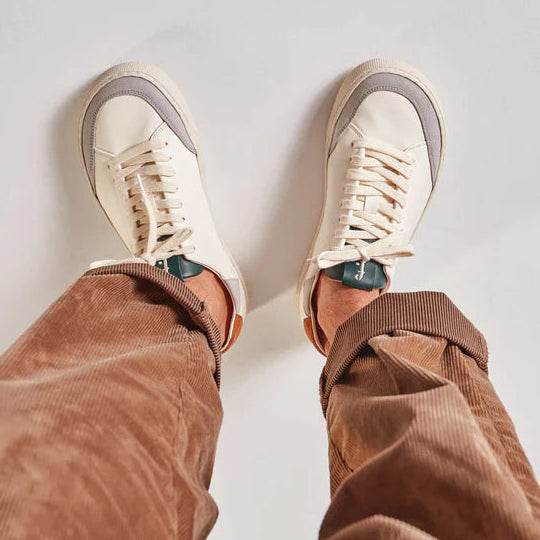


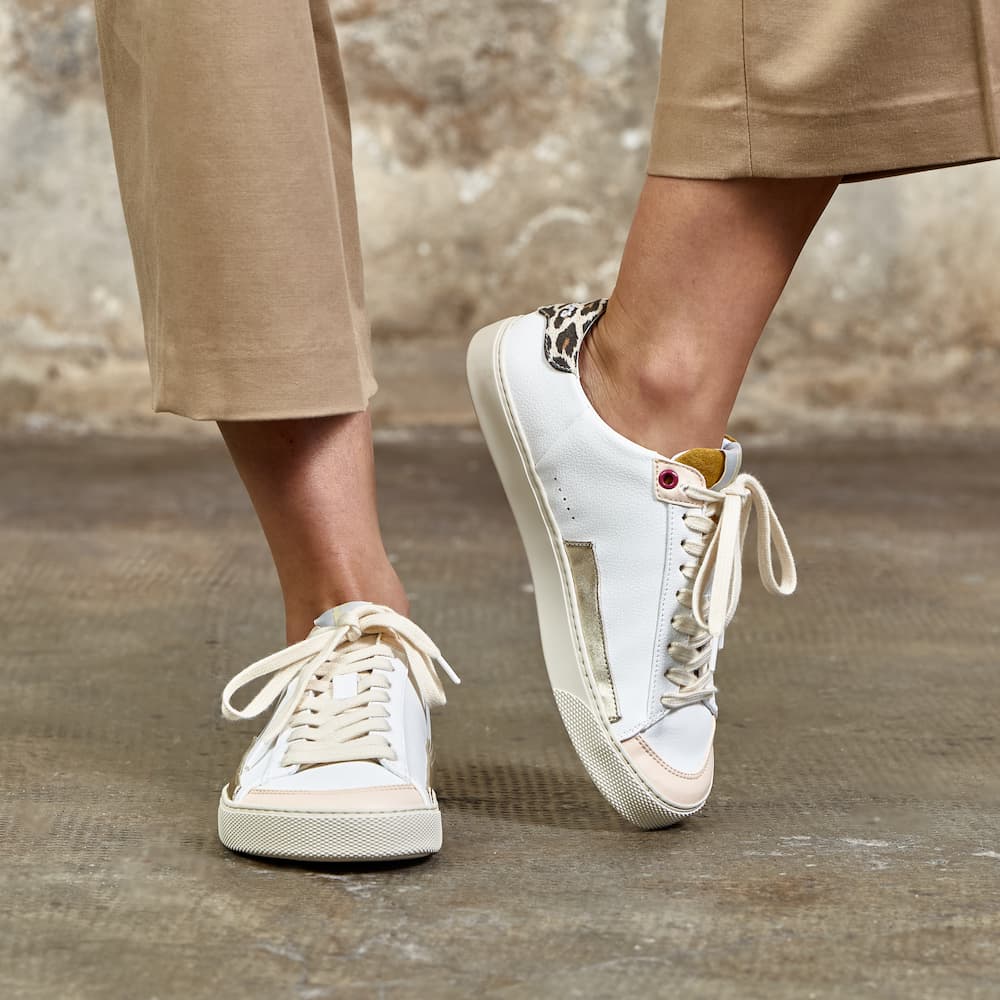
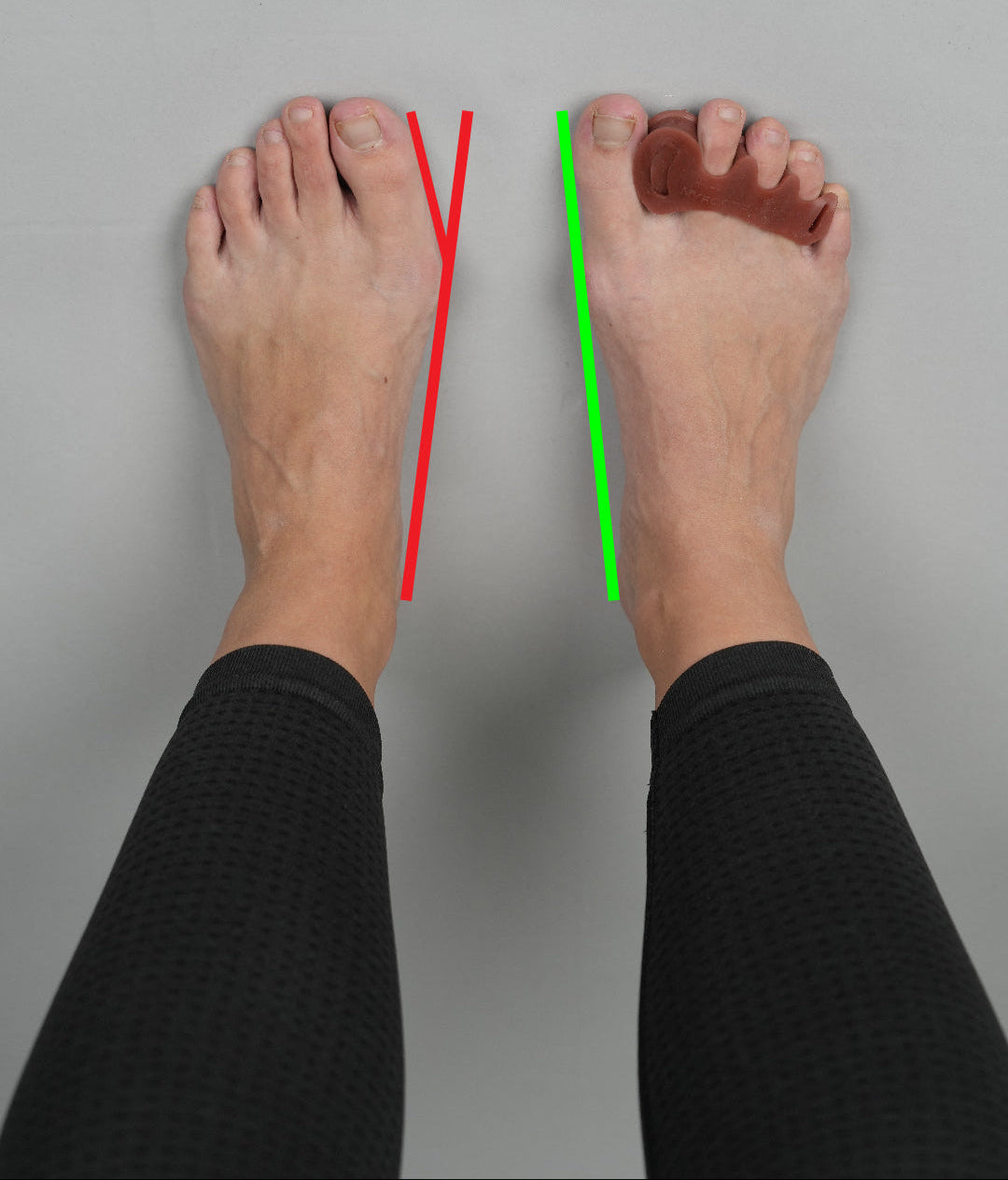
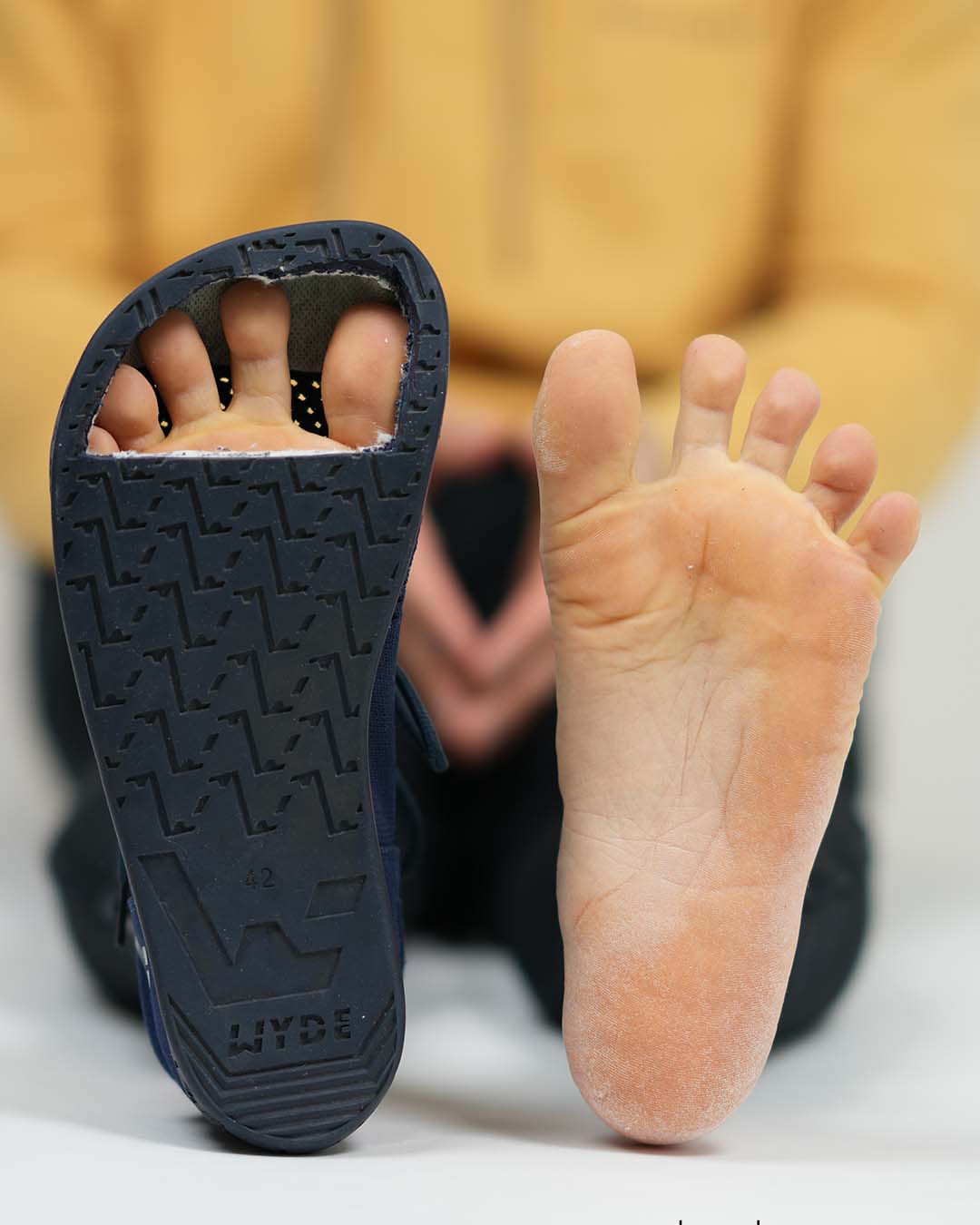
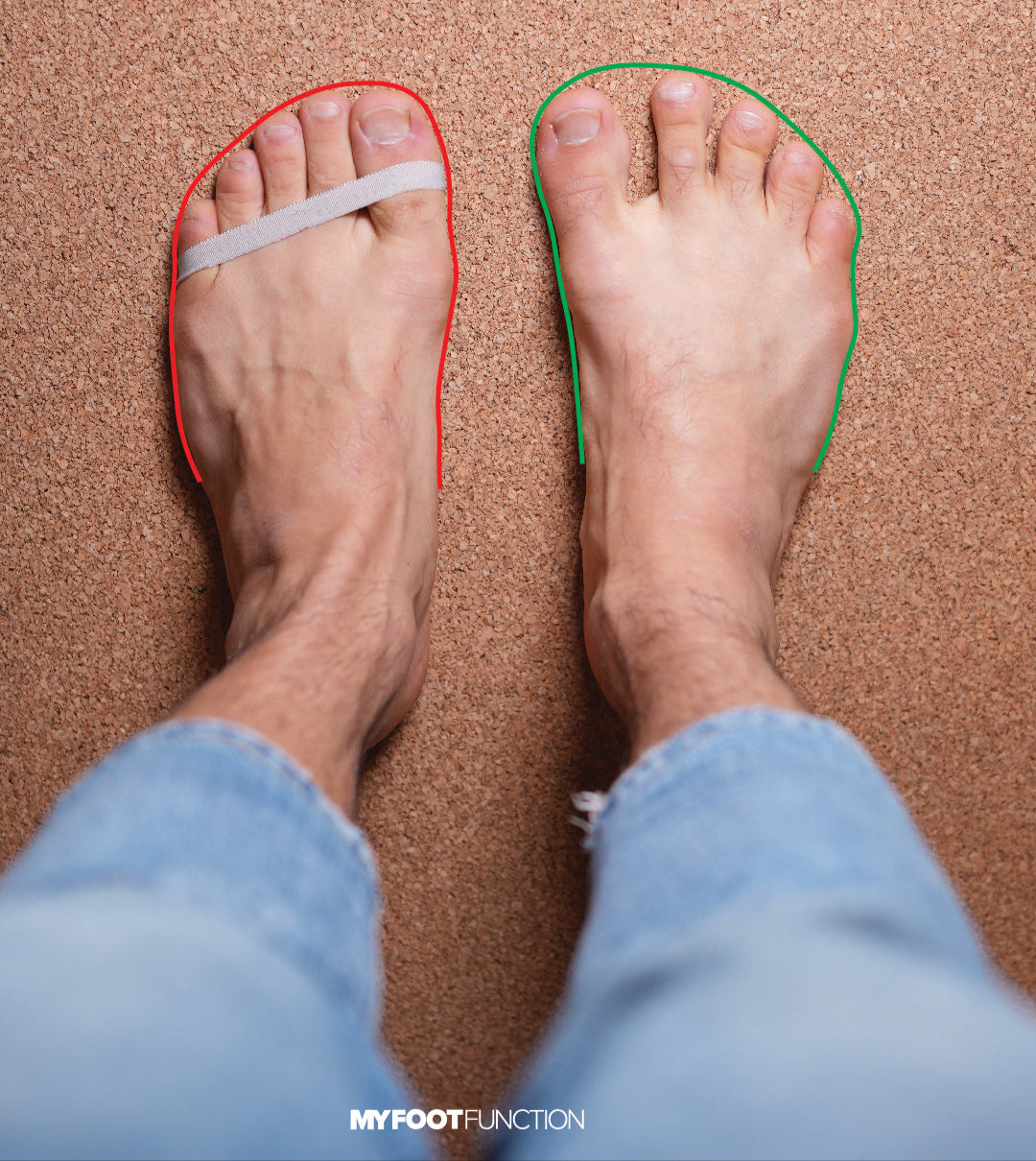
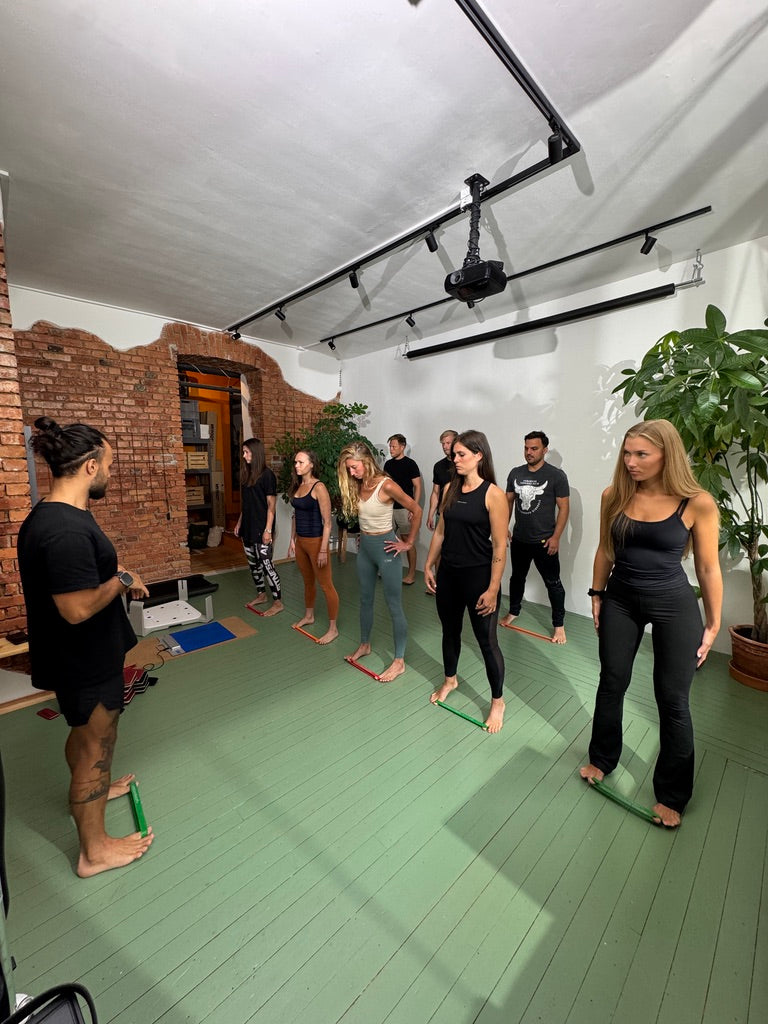
Teilen:
Der Fußabdruck von Harris und Beath
Die Diagnose des Plattfußes bei Kindern